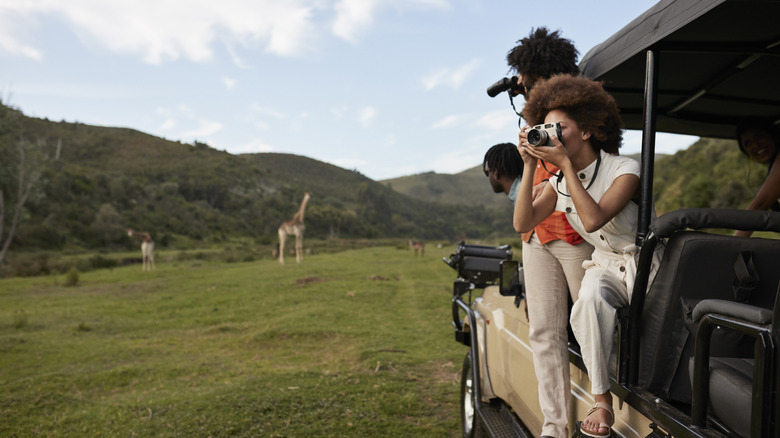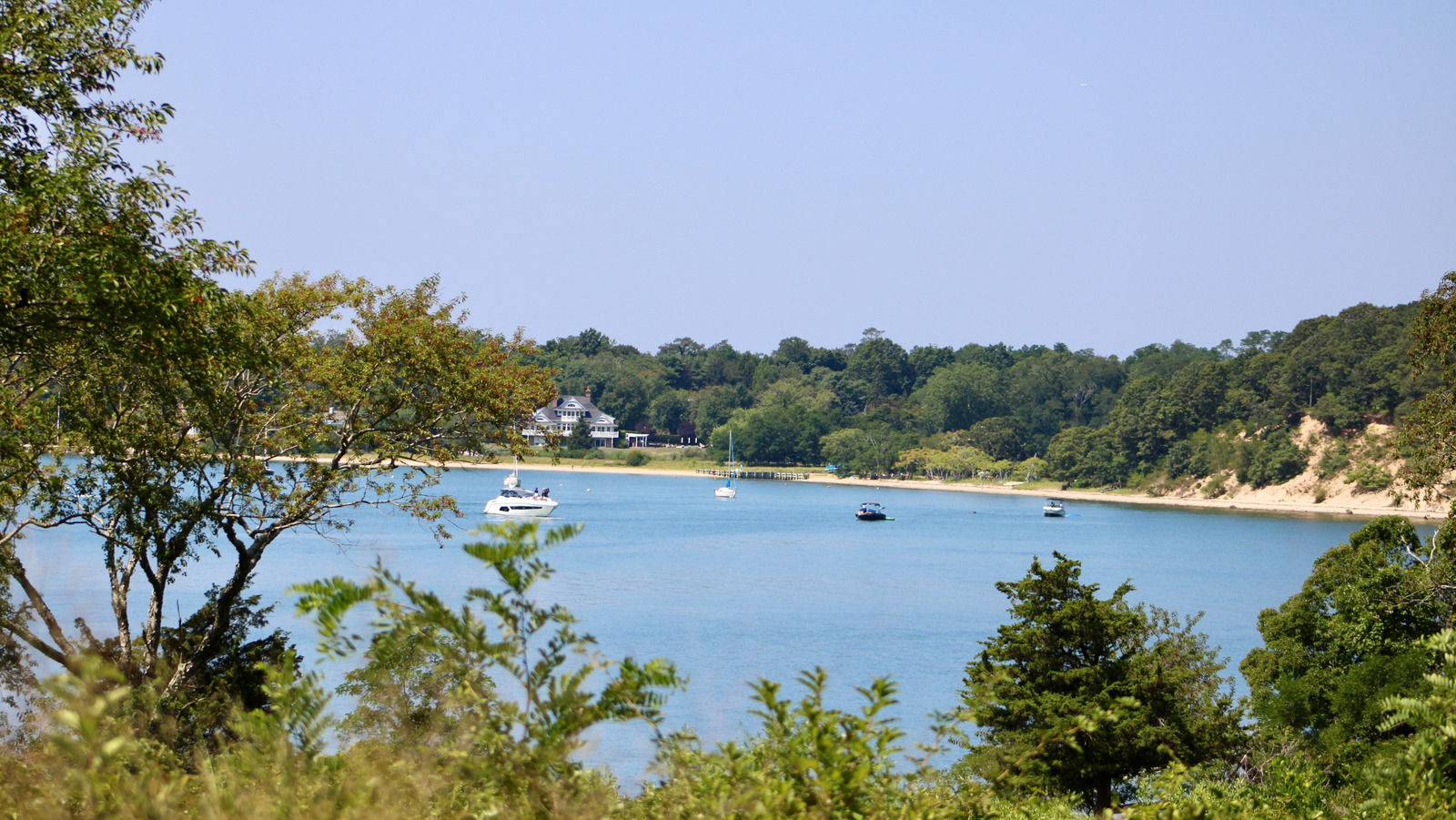
The diverse wildlife in African countries has made the continent a victim of poaching for centuries, but everyone loves a comeback story. Today, after facing major poaching problems and empty parks in the 1980s and '90s, Malawi, Africa, has resurfaced as a top safari destination. So, skip Kenya or Tanzania for a safari in this less-traveled country called
the "Warm Heart of Africa," where you can enjoy unforgettable off-the-beaten-path safaris.Like many African nations, Malawi lacked the resources
to protect its wildlife and land from poachers. However, thanks to government partnerships with non-governmental organizations (NGOs) like African Parks (AP) and the community, the country has been working tirelessly to translocate the wildlife lost to poaching in Malawi. These conservation efforts are most notable at the Liwonde National Park and the Majete Wildlife Reserve. In 2017, cheetahs returned to Liwonde, and in 2018, lions were reintroduced to the park. The same year, giraffes were translocated to the Majete Wildlife Reserve, and in 2019, cheetahs returned. Both places, once desolate and devoid of impressive wildlife, are now thriving sanctuaries home to the Big Five (elephant, rhino, leopard, lion, and buffalo), a significant draw for safari-goers.
Malawi is known as the "Warm Heart of Africa" because of the warm and friendly people of the country. The population of over 22 million has three official languages: English, Chewa, and Chichewa, the most common local dialects. Malawi is the size of the state of Pennsylvania and is home to a diverse terrain, including the ninth-largest lake in the world by surface area, Lake Malawi.
Read more: The 13 Most Beautiful Destinations In The World Sadly Ruined By Overtourism
The Top Safari Parks In Malawi

With five national parks and four nature reserves, a total of nine protected spaces make it apparent why Malawi is one of the world's best countries to see wildlife. The top three destinations offering intimate wildlife experiences and unforgettable safaris are just a short drive away from Lilongwe, the country's capital. The Nkhotakota Wildlife Reserve is the oldest and largest reserve in the country, serving as a testament to the success of conservation. Three hours northeast of Lilongwe are the forests and mountains that are now home to over 500 elephants and 2,000 other animals. African Parks played a significant role in the recovery and repopulation of the Nkhotakota Wildlife Reserve, offering an off-the-beaten-path safari adventure.
Liwonde National Park is a roughly five-and-a-half-hour drive from Lilongwe and one of the most unique safari destinations, offering both traditional game drives and river safaris. On a game drive, you're likely to see lots of Malawi wildlife, including lions, leopards, zebras, and black rhinos. Within the Liwonde National Park is the Shire River, the largest river in the country and outlet for Lake Malawi. Head here for a river safari to spot some hippos and elephants coming to the river for a drink.
South of the Shire River, about a six-hour drive from Lilongwe and a two-hour drive from Blantyre, is the Majete Wildlife Reserve. This rugged reserve offers diverse landscapes ideal for walking safaris and game drives. With more than 3,000 animals, there's no shortage of Malawi wildlife. Here, you're likely to see the Big Five along with giraffe, zebra, and sable.
When To Visit Malawi And What To Pack

The unique story surrounding Malawi wildlife makes this a once-in-a-lifetime vacation destination. Here are some key considerations to keep in mind when planning your trip. Malawi has two international airports: Kamuzu International Airport in Lilongwe, the country's capital, and Chileka International Airport in Blantyre. The best time for a safari is from May to October, during Malawi's dry season. The climate is comfortable, there are fewer mosquitoes, and it's the ideal time for wildlife viewing. Temperatures vary from day to night and by destination, but it's generally warm during the day and can get chilly at night.
When packing for your safari adventure, focus on lightweight and breathable layers, such as long pants, long skirts, button-up shirts, and layerable tops. Bring comfortable walking shoes, a reusable water bottle (one with a filter is especially helpful), and a warm jacket, along with a hat, sunglasses, binoculars, a camera, headphones, and a book for long drives, insect repellent, hand sanitizer, and sunscreen.
From the riverside sanctuary of Liwonde National Park to the woodlands of the Majete Wildlife Reserve and the evergreen forests of the Nkhotakota Wildlife Reserve, Malawi offers unique safari experiences in less-crowded parks. The country's inspiring conservation efforts have led to a rewilding initiative that is reinvigorating tourism. Malwai is one of the best countries for a safari because not only do you feel like you have these serene wild spaces to yourself, but it also means supporting the country's impressive wildlife conservation practices and contributing to the preservation of this thriving ecosystem.
Ready to discover more hidden gems and expert travel tips? Subscribe to our free newsletter for access to the world's best-kept travel secrets.
Read the original article on Islands.












